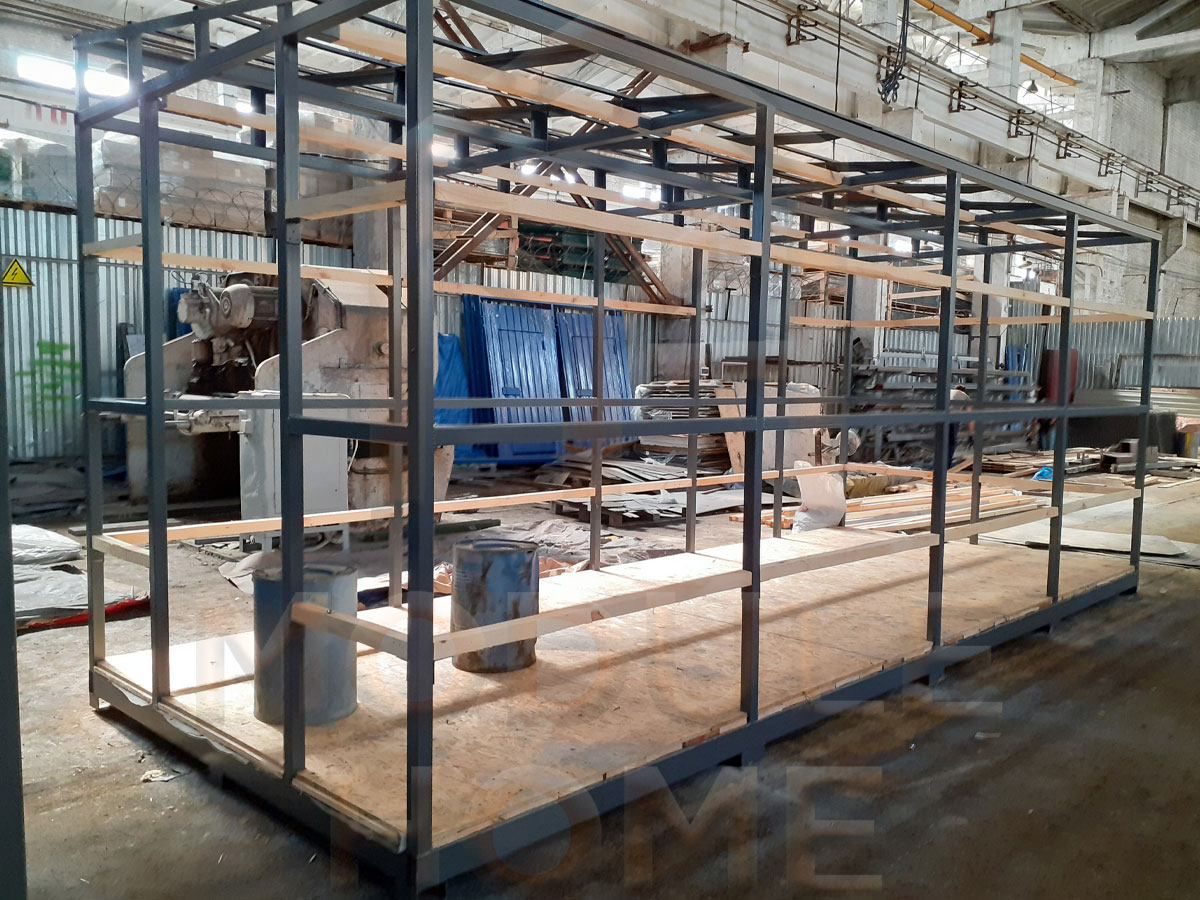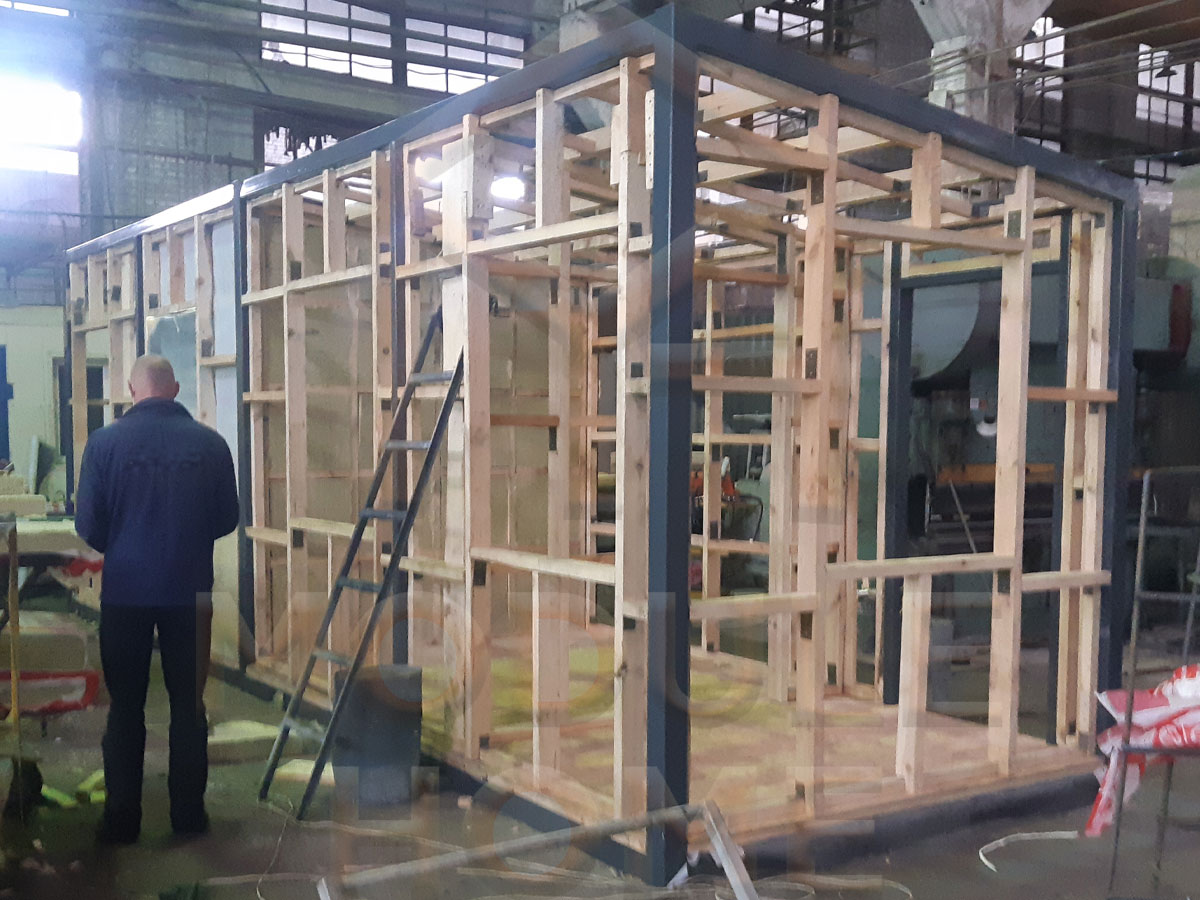🏗️ Modular House Frame: The Backbone of Smart Construction
The frame is the foundation of any modular home — both structurally and conceptually. In modern modular construction, the house frame plays a critical role in ensuring strength, energy efficiency, and transportability.
1. What Is a Modular House Frame?
A modular house frame is the pre-engineered skeleton of a building, usually constructed from steel, timber, or a combination of both. Unlike traditional framing, it’s built in a factory-controlled environment and then transported to the installation site.
2. Types of Framing Materials
- Steel Frame: Extremely durable, fire-resistant, and ideal for long-distance transport and heavy loads.
- Wood Frame: Cost-effective, eco-friendly, and provides natural insulation when combined with SIP panels.
- Hybrid Systems: Combine the flexibility of wood with the strength of steel for optimal balance.
3. Benefits of Modular Framing
- 🏠 Precision-built: Minimal error and material waste
- ⚙️ Faster assembly: Frames arrive ready to install
- 📦 Transport-friendly: Designed to withstand shipping and crane setup
- 🌱 Sustainable: Less on-site impact and energy use
4. Engineering for Strength and Flexibility
Modular house frames are designed to meet strict local building codes, including wind, snow, and seismic load requirements. With customizable modules, you can expand, stack, or reposition frames as needed — offering flexibility without compromising strength.
Whether it’s a tiny home, a country retreat, or a multi-unit complex, the frame is what makes modular living possible — fast, durable, and efficient.


